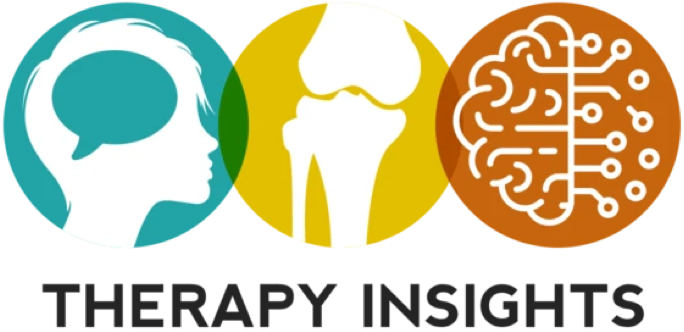Siri Voice Commands
January 6, 2022 by Megan Berg.
This handout provides step-by-step instructions for turning on Siri and how to use “Hey Siri.” Also includes 12 specific voice-command scripts for functional tasks.
